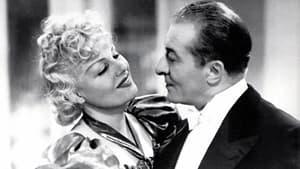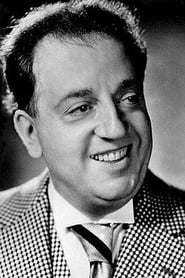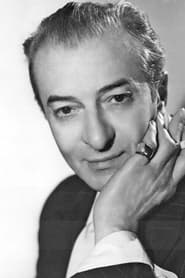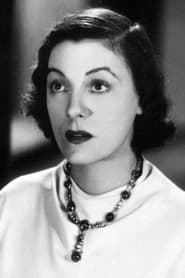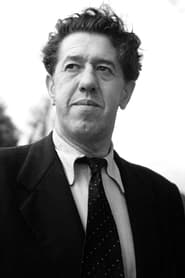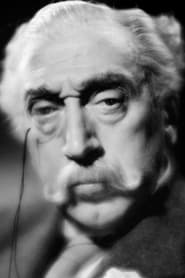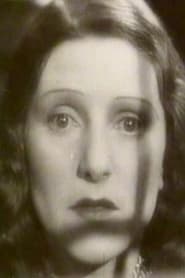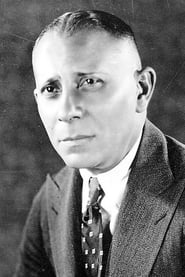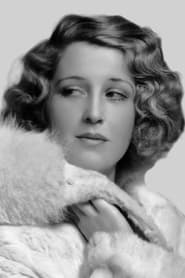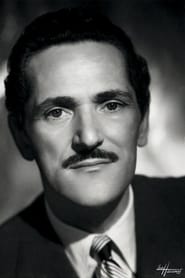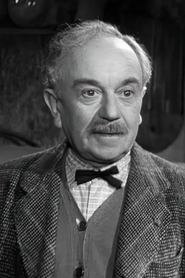Cast
View AllLucien Baroux
as Commissioner Boucheron, district police officer
Jacques Baumer
as Inspector Lambert of the Sûreté
Jules Berry
as Alfredo d'Avila, dancer of these ladies
Gaby Morlay
as Gaby Valrose, minister's lover
Elvira Popescu
as Mrs. Rameau, wife of an industrialist and mistress of Alfredo
Michel Simon
as Picking, knife-throwing artist
André Lefaur
as Mr. Corbeau, kleptomaniac
Gaby Sylvia
as Madeleine Martin, in love with André
Andrex
as André Laurent, bank cashier, lover of Madeleine
Simone Berriau
as Lydia, singer at “Perroquet”, mistress of the President
Erich von Stroheim
as Eric, German naturalized French
Betty Stockfeld
as English, Albert's companion, Eric's mistress
Jacques Dumesnil
as Albert Durant, stockbroker and poker player
Missia
as Joséphine, chicken trainer, wife of Picking
Paul Faivre
as Concierge of the two buildings
Crew
Director
- Georges Lacombe
- Yves Mirande
Writer
- Yves Mirande
Reviews
Sigmund Kühßeir
**Behind the Facade (1939)**
A crime has been committed in a very respectable Parisian apartment building... Which of the tenants is the murderer? A shocking investigation for a series of sketches. It also features a fabulous cast of stars from the 1930s/1940s: Jules Berry, Michel Simon, Erich Von Stroheim, Elvire Popesco, Carette, Gaby Morlay, Simone Berriau... Lucien Baroux as Commissaire Boucheron, a policeman from the Quariter, who investigates the murder of a building's owner, and Jacques Baumer as Inspector Lambert, from the Sûreté, a more prestigious service than the local police station...
_Behind the Facade_ is undoubtedly one of the most up-to-date and revealing films of the immediate pre-war period, of which Yves Mirande was one of the princes: a man of the theater, a man of wit and a man of the salon, he, like Sacha Guitry, enjoyed every success. His plays triumphed on the boulevard, several were adapted for the screen, he wrote screenplays and dialogues, and sometimes tried his hand at directing.
In 1938, he had conceived and directed the excellent _Café de Paris_ (also directed by Georges Lacombe). A crime film set in this Parisian hot spot on New Year's Eve. Perfectly respecting the classic three-unit rule, it featured a police investigation following the murder of a press magnate. The customers present at the time of the crime, forced to remain on the premises, were successively interrogated, a convenient pretext for the appearance of Mirande's star friends, one after the other and for a few minutes at a time. Jules Berry, Véra Korène, Pierre Brasseur, Simone Berriau, etc.
_Café de Paris_ was a great success on release: the producers and the Régina company immediately asked Yves Mirande to undertake another work based on the same principle: Derrière la Façade, also technically supervised by Georges Lacombe, was even more brilliantly performed: like Guitry, Mirande loved actors, and knew how to make them love him.
The plot is almost the same as in _Café de Paris_, only the location has changed: this time, the crime is committed in a tenement building, and it's the residents who two rival policemen will try to get to talk to each other in order to uncover the murderer of one of the tenants. Again, a pretext for sketches, but of constant interest: the film is certainly well made, and we have fun recognizing the faces, and there are many of them. Almost all of them are pre-war greats, but through them, Mirande shows the whole of self-satisfied, egotistical society, with its prejudices and pettiness.
As is often the case with fashionable people, Yves Mirande is perfectly placed to be aware of the imperfections of the community in which he lives; if we can't suspect him of having wanted to stigmatize, let alone awaken, the fact remains that he showed here an astonishing, undoubtedly unconscious lucidity. If society is the place where the human comedy is played out, the boulevard, theater or cinema, is its microcosm.
It's no coincidence, for instance, that Erich Von Stroheim's character is featured in _Behind the Facade_: a German, or more generally an arrogant foreigner, recently naturalized as a French citizen, who shamelessly rips off "real" citizens, is responsible for the stagnation Mirande senses, and whom the film singles out for popular vindication. Obscure feelings, muted anxieties: images of a decomposed France, soon to be brought down by a conflict it dreads but dares not confront. It's the France of Munich on parade, with comedy ministers and bourgeois, cocottes and stuffy aristocrats, in a ballet that closely resembles a dance of death.
Jan 16, 2024
Thematic Analysis
Behind the Facade represents a fascinating example of Crime/Comedy cinema, offering viewers a unique perspective on the human experience and societal structures. The film's approach to its themes demonstrates a creative vision that distinguishes it within its genre.
Director Georges Lacombe brings their distinctive visual style to this film, continuing their exploration of themes seen in their previous works while adding new elements. Their approach to pacing and visual storytelling creates a viewing experience that rewards close attention.
Released in 1939, the film exists within a cultural context that now offers viewers historical perspective on the social issues of that era. Its critical acclaim reflects its artistic achievements and its place in cinema history.
Did You Know?
- The production of Behind the Facade took approximately 26 months from pre-production to final cut.
- The final cut of the film runs for 90 minutes, though the director's initial assembly was reportedly 131 minutes long.
- The director insisted on using practical effects whenever possible, reserving CGI for only the most necessary scenes.
- Some visual effects sequences took up to 11 months to complete.
- The costume department created over 362 unique costume pieces for the production.
Historical Context
- In 1939, when this film was released:
- Rock and roll music was revolutionizing popular culture.
- The Cold War was intensifying, influencing global politics and culture.
- The film industry was dominated by major studios, with independent cinema still in its early development.
How This Film Stands Out
Details
- Release Date: March 14, 1939
- Runtime: 1h 30m
